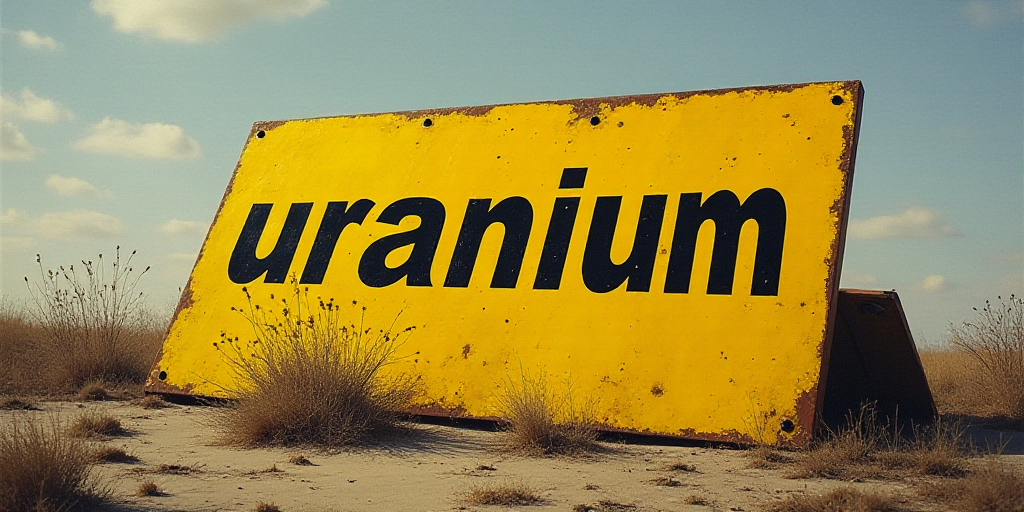The Mystery Surrounding Iran’s Enriched Uranium Stockpile
In the wake of the US attack on Iran, the International Atomic Energy Agency (IAEA) demands access to the affected sites, while experts refrain from drawing hasty conclusions. Many questions remain unanswered, particularly regarding the whereabouts of Iran’s 60% enriched uranium stockpile.
Where is the Enriched Uranium?
The strikes targeted three key sites officially housing enriched uranium: Fordo, Natanz, and Isfahan, where significant damage was reported. The IAEA, the UN’s nuclear watchdog agency, is concerned about the reserves of 408.6 kg of 60% enriched uranium, which its personnel last saw on June 10.
This volume, if further enriched to 90%, could theoretically be used to produce more than nine nuclear weapons. “We must allow inspectors to return and assess the situation,” stated Rafael Grossi, IAEA Director, during an emergency meeting in Vienna, Austria.
Concerns escalated when, on June 13—the day the Israeli attacks began—Iranian Foreign Minister Abbas Araqchi sent a letter to the IAEA indicating that “special measures” had been implemented “to protect nuclear equipment and material.”
Satellite imagery shows vehicle movements near one of Fordo’s underground entrances before the US attack. Given that enriched uranium is stored as powder in containers, it’s easily transportable by vehicle.
Prime Minister Benjamin Netanyahu of Israel claimed to have “interesting information” regarding the matter but refused to provide further details. If it was indeed moved, “it will be difficult, if not impossible, to trace its location,” explained Kelsey Davenport, an expert from the Arms Control Association to AFP.
Vice President JD Vance of the US admitted on ABC that they will need to address the fuel “in the coming weeks.” “What we do know is that Iranians no longer have the capability to convert it into military-grade uranium, which was the actual objective,” he added. On Monday, Israel claimed to have conducted attacks to “block access” to the Fordo site.
Can Iran Still Acquire a Nuclear Weapon?
Of the over 20,000 centrifuges Iran is believed to possess, many were damaged in Natanz, according to Grossi. He also mentioned possible “very significant damage” at Fordo, where equipment is highly sophisticated and sensitive to vibrations due to the explosions and the delicate nature of these expensive machines used for enriching uranium.
However, not all centrifuges are registered. Some have been stored in unknown locations over the past few years amidst deteriorating cooperation with the IAEA, according to experts. “With 60% enriched uranium and a few hundred centrifuges, Iran can quickly arm itself with a nuclear weapon,” warned Davenport.
What are the Proliferation Risks?
Prior to the conflict, the IAEA had not detected signs of a “systematic program” to produce a nuclear weapon, and Iran always denied such intentions. However, the Agency currently lacks any visibility.
“If hostilities continue, the nuclear non-proliferation regime as we know it could collapse,” warned Grossi.
Iran, which signed the Nuclear Non-Proliferation Treaty (NPT) in 1970, committing to use nuclear energy for peaceful purposes under IAEA control, has been preparing for a possible withdrawal by multiplying accusations against the Agency.
According to its ambassador in Vienna, Reza Najafi, the current “aggression” dealt a “fundamental and irreparable blow” to the NPT agreement. “There is a significant risk that Iran will withdraw from the treaty, expel inspectors, or simply deny them access to key sites,” estimates Eric Brewer from the US-based Nuclear Threat Initiative (NTI).
Meanwhile, Iran might be building a clandestine program, similar to North Korea’s eventual withdrawal from the NPT in 2003.
Key Questions and Answers
- Q: Where is Iran’s enriched uranium stockpile? A: The exact location remains unknown, raising concerns about potential movement and concealment.
- Q: Can Iran still acquire a nuclear weapon? A: Despite damage to centrifuges, Iran could still quickly arm itself with a nuclear weapon using its remaining 60% enriched uranium and hidden centrifuges.
- Q: What are the proliferation risks? A: Continued hostilities could lead to the collapse of the nuclear non-proliferation regime, potentially prompting Iran’s withdrawal from the NPT and development of a clandestine nuclear program.






